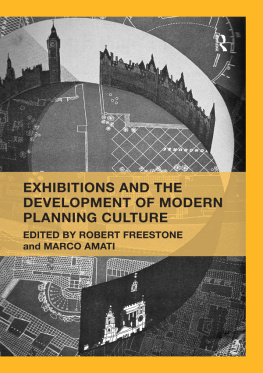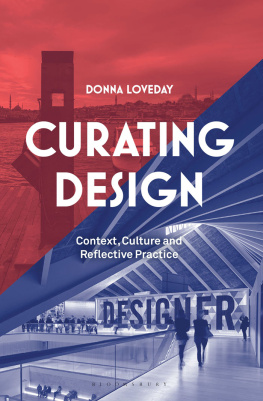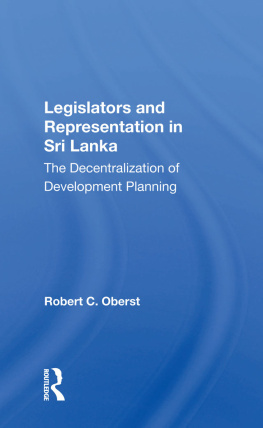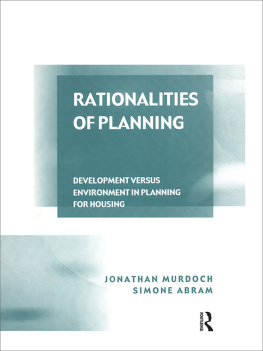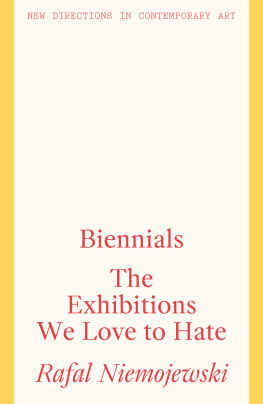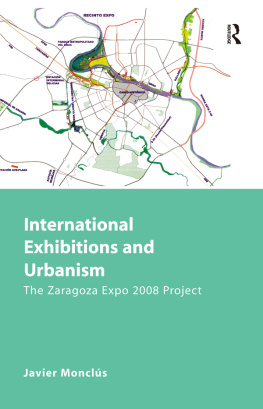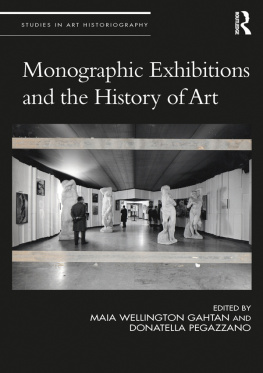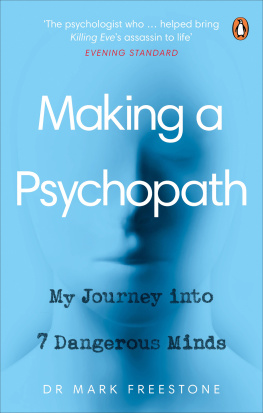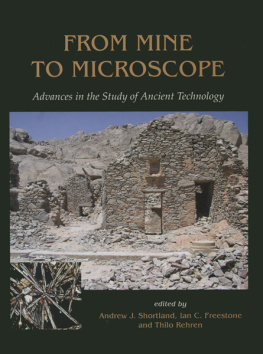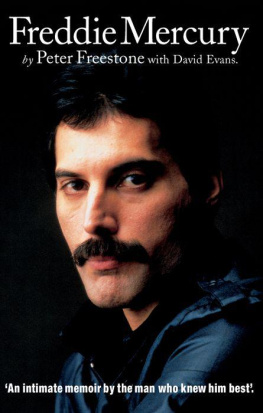First published 2014 by Ashgate Publishing
Published 2016 by Routledge
2 Park Square, Milton Park, Abingdon, Oxon OX14 4RN
711 Third Avenue, New York, NY 10017, USA
Routledge is an imprint of the Taylor & Francis Group, an informa business
Copyright Robert Freestone and Marco Amati 2014
Robert Freestone and Marco Amati have asserted their right under the Copyright, Designs and Patents Act, 1988, to be identified as the editors of this work.
All rights reserved. No part of this book may be reprinted or reproduced or utilised in any form or by any electronic, mechanical, or other means, now known or hereafter invented, including photocopying and recording, or in any information storage or retrieval system, without permission in writing from the publishers.
Notice:
Product or corporate names may be trademarks or registered trademarks, and are
used only for identification and explanation without intent to infringe.
British Library Cataloguing in Publication Data
A catalogue record for this book is available from the British Library.
Library of Congress Cataloging-in-Publication Data
Freestone, Robert.
Exhibitions and the development of modern planning culture / by Robert Freestone
and Marco Amati.
pages cm.
Includes bibliographical references and index.
ISBN 978-1-4094-5459-5 (hardback) 1. City planning--History--20th century.
2. Exhibitions--History--20th century. I. Title.
NA9095.F74 2014
711.57--dc23
2013026727
ISBN 9781409454595 (hbk)
The concept of this book, the opportunity for assembling the chapters, the editing and the research for Chapters 1, 10 and 14 were supported under Australian Reseach Councils Discovery Projects funding scheme (project number DP120101732).
Marco Amati is Senior Lecturer in Community Planning and Development in the Faculty of Humanities and Social Sciences at La Trobe University, Bendigo, Victoria, Australia.
Christiane Crasemann Collins is an independent scholar based in West Falmouth, Massachusetts, USA.
Scott Colman is Senior Lecturer in the School of Architecture at Rice University, Houston, Texas, USA.
Susanne Cowan is a Post Doctorate Fellow in the Sam Fox School of Design and Visual Arts at Washington University, Saint Louis, Missouri, USA.
Karl Friedhelm Fischer is Professor of Urban Planning and Urban Regeneration in the School of Architecture, Urban Planning and Landscape Planning at the University of Kassel, Kassel, Germany.
Robert Freestone is Professor of Planning in the Faculty of the Built Environment at the University of New South Wales, Sydney, Australia.
John R. Gold is Professor of Urban Historical Geography in the Department of Social Sciences at Oxford Brookes University, Oxford, United Kingdom.
Joseph Heathcott is Associate Professor of Urban Studies at the New School in New York City, New York, USA.
Carola Hein is Professor in the Growth and Structure of Cities Department at Bryn Mawr College, Bryn Mawr, Pennsylvania, USA.
June Komisar is Associate Professor in the Department of Architectural Science at Ryerson University, Toronto, Canada.
Peter J. Larkham is Professor of Planning in the Birmingham School of the Built Environment at Birmingham City University, Birmingham, United Kingdom.
Alan Mabin is Professor in the Centre for Advancement of Scholarship, University of Pretoria, Tshwane, South Africa and engaged in the Capital Cities project there.
Helen Meller is Professor Emeritus in the Department of History, School of the Humanities at the University of Nottingham, Nottingham, United Kingdom.
Caroline Miller is Associate Professor in the Planning Program in the School of People, Environment and Planning at Massey University, Palmerston North, New Zealand.
Javier Moncls is Professor of Urbanism in the School of Engineering and Architecture, University of Zaragoza, Zaragoza, Spain.
Joe Nasr is an independent scholar, lecturer and consultant associated with Ryerson University, Toronto, Canada.
Mark Oranje is Professor and Head of the Department of Town and Regional Planning at the University of Pretoria, Pretoria, South Africa.
Ellen Shoshkes is Adjunct Associate Professor in the Toulon School of Urban Studies and Planning at Portland State University, Portland, Oregon, USA.
Mark Tewdwr-Jones is Professor of Town Planning at Newcastle University, Newcastle, United Kingdom.
1
Town Planning Exhibitions
Robert Freestone and Marco Amati
London 1910
In a summary timeline of key events in the emergence of modern urban planning, if forced to select just one iconic exhibition the choice would surely be that held in London in October 1910 in association with the Royal Institute of British Architects (RIBA) Town Planning Conference. The exhibition was staged in three different locations: at the Guildhall with a display of maps and plans of London, at the RIBA headquarters hosting an extensive collection of historic plans and drawings, and at the Royal Academys Burlington House in Piccadilly where the main international and contemporary material assembled under the guidance of Raymond Unwin was on view. This latter exhibition was organised into mostly national galleries British, German, American, French, Dutch, Belgian, Scandinavian, Austrian, Italian plus a Colonial exhibit and a special room devoted to Patrick Geddess civic survey of Edinburgh. The official opening attracted a veritable whos who of the modern planning movement to a showcase of worlds best practice bridging technical interest and popular appeal. There was general consensus about the standout displays: the American material dominated by Daniel Burnham and Edward Bennetts Plan of Chicago and the German regional and town extension schemes so boldly and confidently rendered. If the conference sessions proved challenging exercises in multi-lingual communication, the exhibition provided a forum for a language that everyone could speak.
British commentators were unanimous in their praise and estimation of the importance of the exhibition. One observer T. Alwyn Lloyd (1911: 14) was so impressed by how the exhibition made a direct appeal to the popular imagination in a way that no amount of discussion at conferences and meetings can attempt to do, that he enthusiastically endorsed a whole tranche of permanent and travelling exhibitions to spread the message of town planning. For William Davidge it was an object lesson of what has already been accomplished in the field of town planning (Davidge 1910: 775). The Architect and Contract Reporter stated that If the RIBA had done nothing more than organize the Exhibition now on view a great and beneficial work would have been accomplished (quoted in Moore 1921: 138). Stanley Adshead declared it the best International Town Planning Exhibition which we have as yet seen (Adshead 1910: 182). The voluminous proceedings which included extensive documentation on the exhibition became a standard international text for many years. The Exhibition was a critical component of an obviously seminal event which is now regarded unequivocally as a pivotal moment in the internationalisation and diffusion of modern planning theory and practice (de Oliveira 2012, Hall 2002, Miller 1993, Ward 2002).
Its importance lies also as a pivotal moment in a chain of such events. Important exhibitions had immediately preceded it the same year in Berlin and Dusseldorf. More were to follow, especially in Britain where the demands and opportunities presented by the pioneering Housing, Town Planning Act 1909 were being encountered. And Patrick Geddess touring Cities and Town Planning Exhibition was a notable spin off (Chabard 2009).

